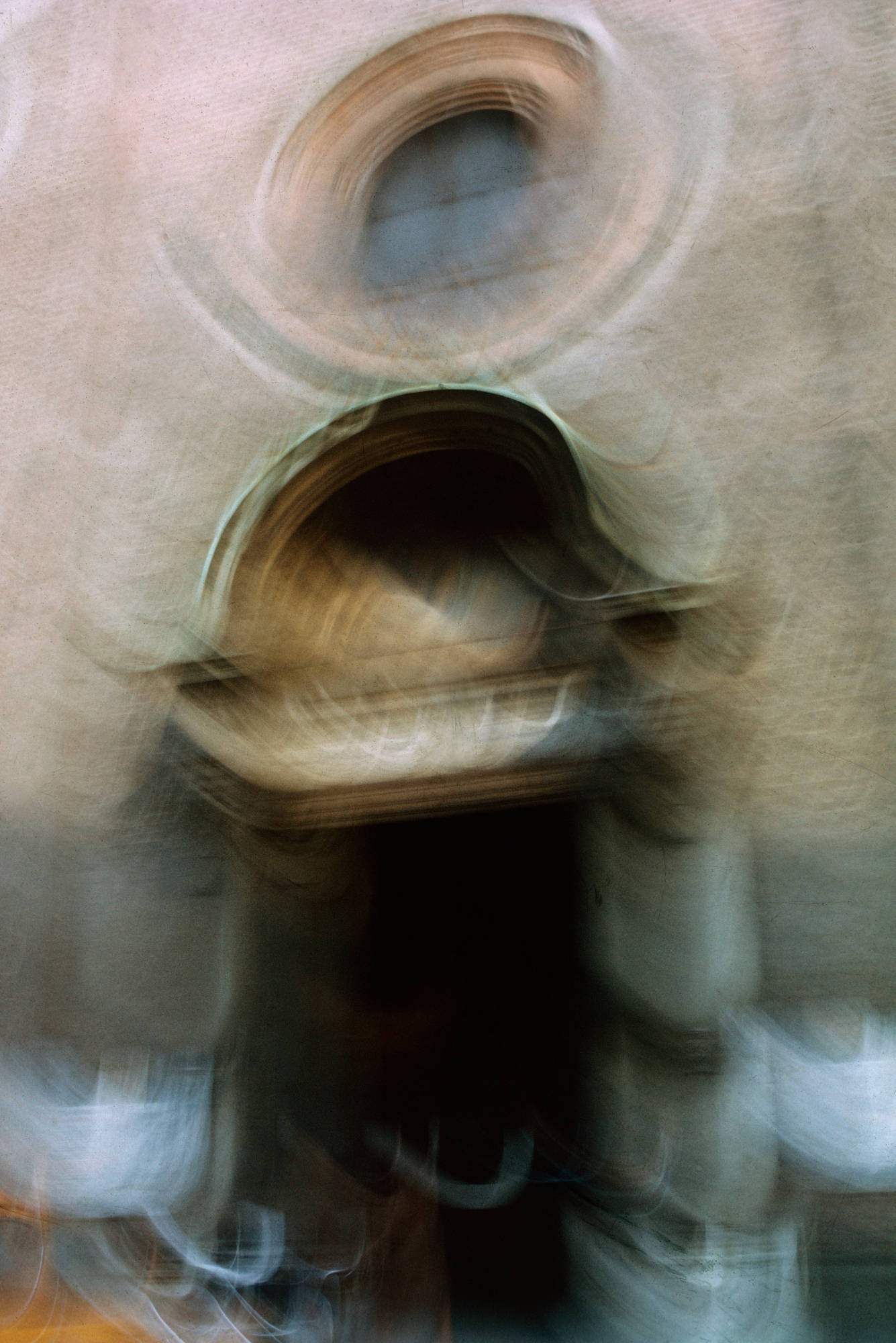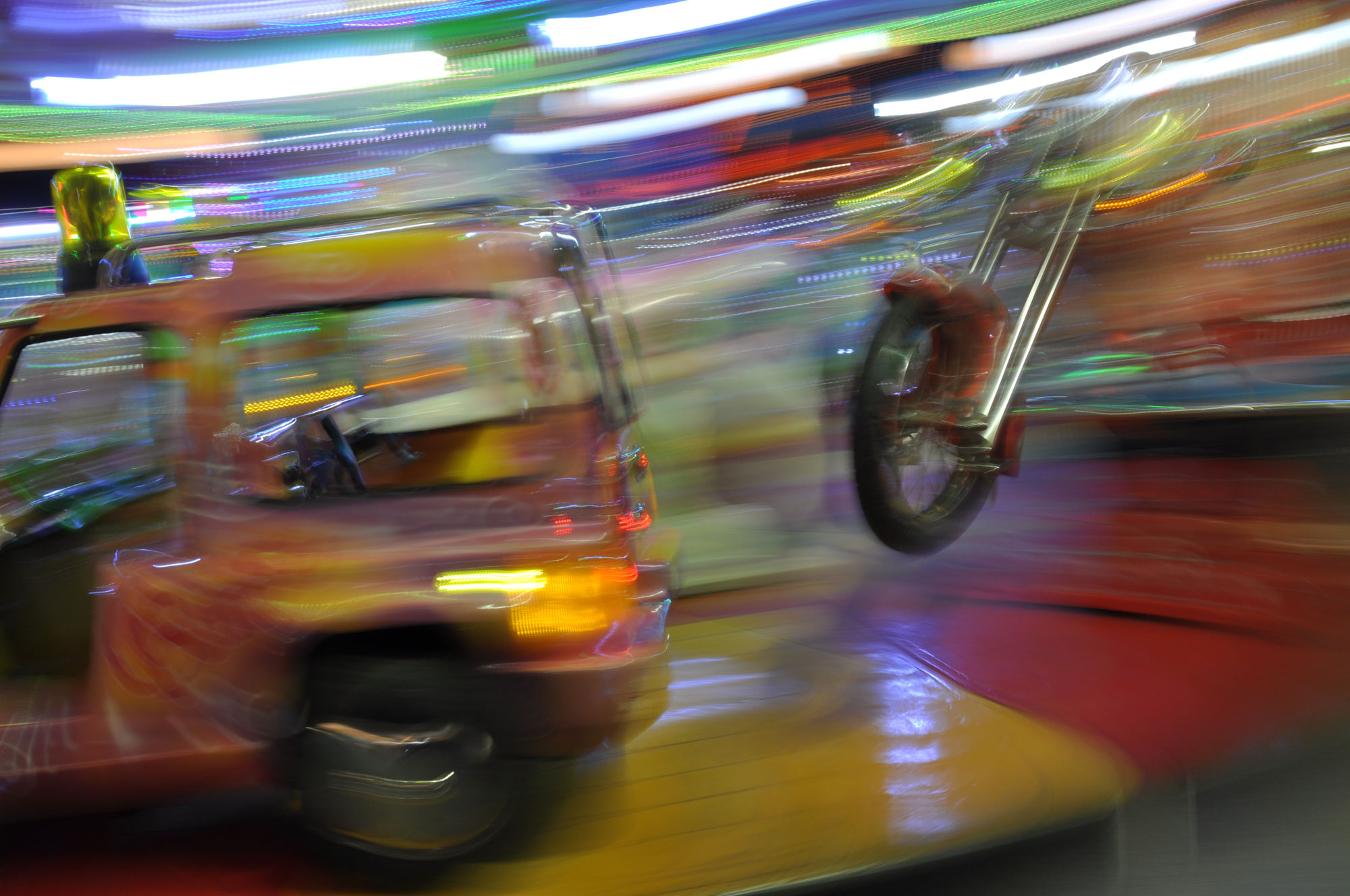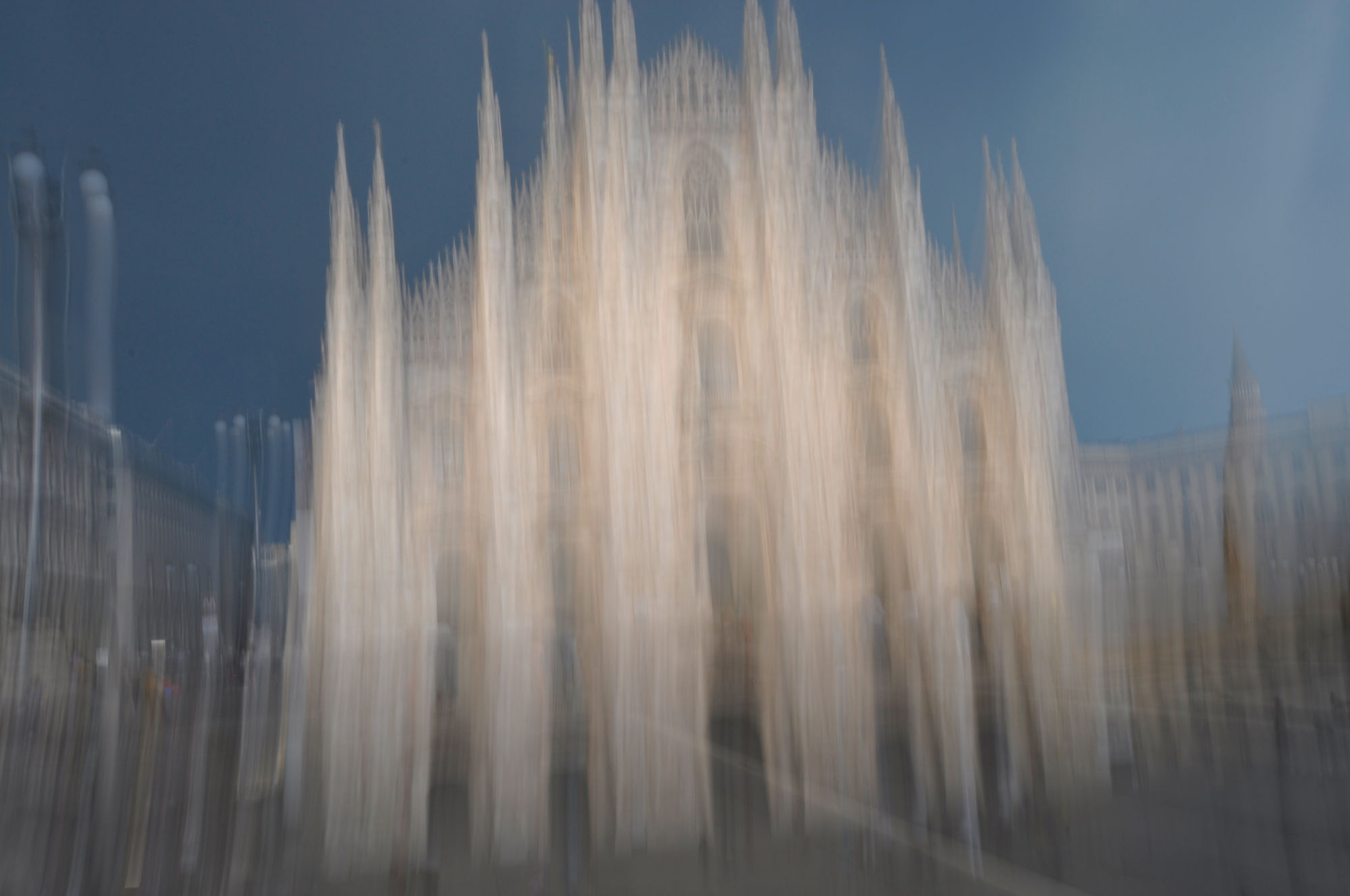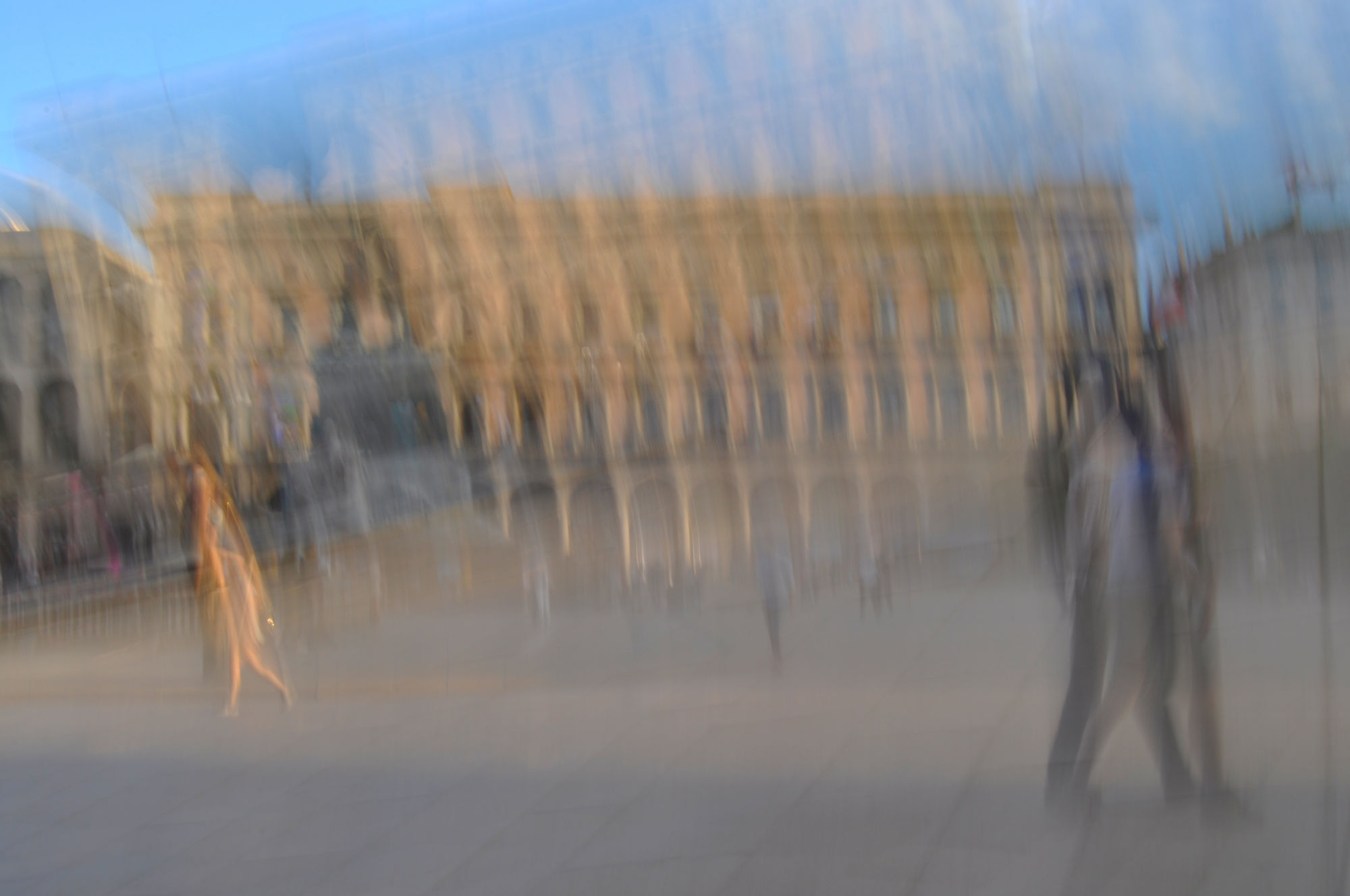Intentional camera movement (ICM) is the photographic technique that involves moving the camera during exposure. The resulting creative effect consists in the continuous superimposition of images on the same focal plane.
Motion in photography
Already at the end of the Nineteenth century Marey and Muybridge experimented with a series of discontinuous photographic shots the representation of people and animals in motion.
But the first to attribute artistic value to blurred photography was in 1913 Anton Giulio Bragaglia. His futurist photodynamism wanted to represent in an image the “effective, realistic dynamism of objects in evolution of real motion”.
ICM in the Twentieth century
The first ICM experiments were carried out by the Italian futurists in the 1930s. In fact, the seed of intentional camera movement was already found in the futurist photography.
Filippo Masoero experimented the research on aerial photography with long exposure in free fall. He achieved the same effect as zooming by being dropped from a plane.
It is from the second half of the Twentieth century that some photographers try their hand at the artistic production of blur.
Among these Giacomo Bucci since the 70s has been dedicated exclusively to intentional camera movement.
Some rules for intentional camera movement
Already in June 1973 Ando Gilardi in the magazine PHOTO 13, collecting the confessions of Giacomo Bucci, wrote: “Giacomo Bucci, along this research, discovered some laws of motion blur programming. Since he is someone who not only believes in technique but also, above all, in his creative imagination, he does something very rare in our profession: he communicates them to the people photographing. We list them:
Exposure time and movement
a) The right times are those ranging from 1 sec. at 1/8 of a sec. The right light is that of twilight which also allows large openings without overexposing. [..].
b) The movement is above all that of the camera. It can be continued or limited by the pose. The firm period can be either initial or final. The effects are completely different: [..].
c) With the tele you run more to cover a smaller space.
The smudges are thus more covering the frame. In other words, more important, more “enlarged” in short, and it is also logical.
With the wide angle, on the other hand, you run less. This means that you can better use the longer times for shorter and more convoluted movements.
It is more difficult to program with a wide angle than with a tele, but the former allows for a greater number of solutions.
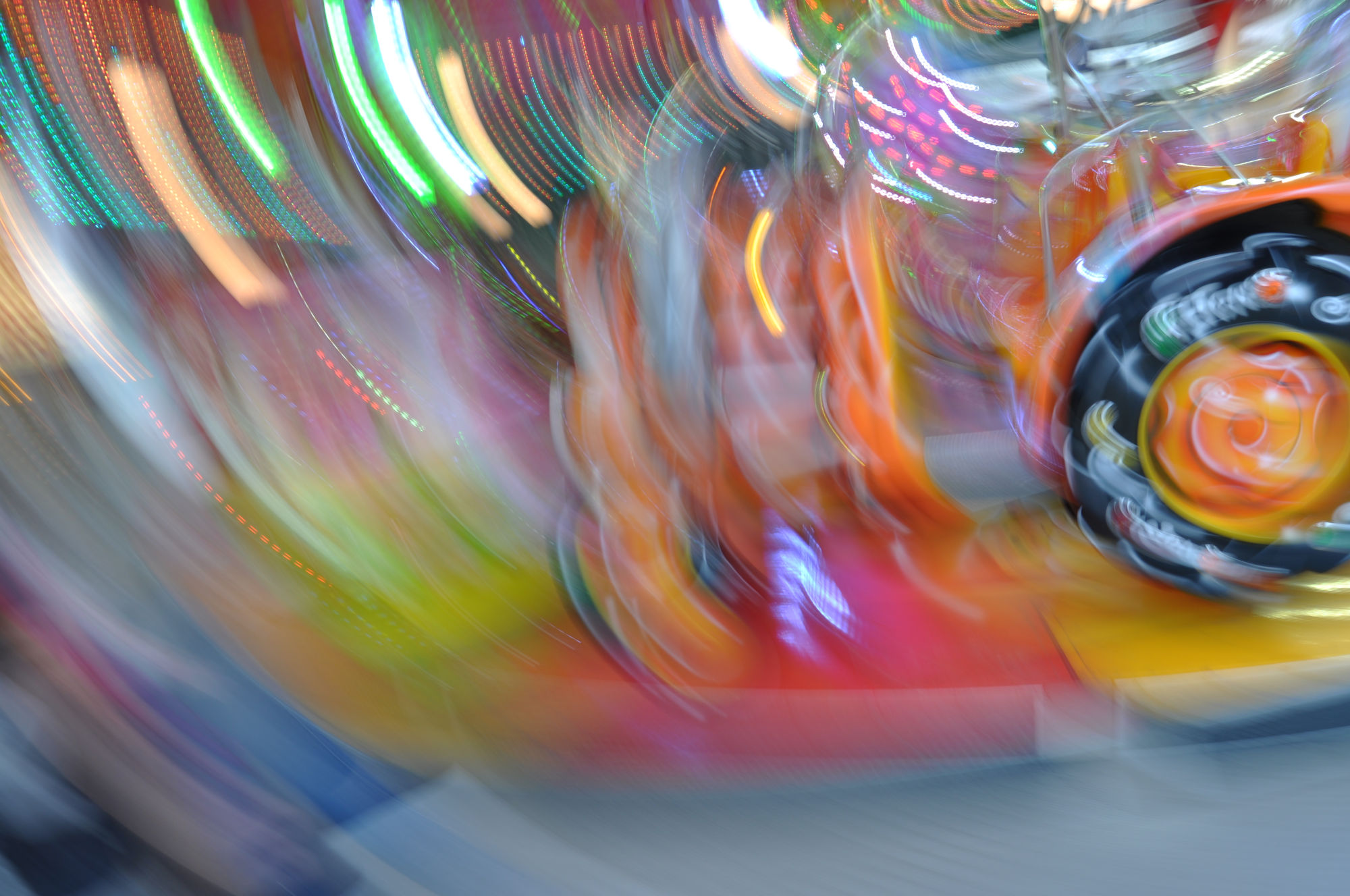
Lights and Shadows
d) Looking at the aim it is possible to foresee where the lights streaked by the blur will end up. They must end up – during and at the end of the movement of the photocamera – where a darker area of the subject used to be: that’s where they will find enough “virginity” in the film to register!
e) Subjects where intense and small lights or dense and large shadows coexist are the best: the former, by moving the photocamera, can be inscribed in the latter.
f) The bright night (city night, fair night, street lights) is the great friend of planned movements: for obvious reasons. Nobody prevents a movement of one second to scratch the emulsion with the lights, continuing in a pose on a tripod of half a minute to record the entirety of the very dark subject, especially if with the movement we have finally brought the lights out of scope!
g) The other rules are about 130: but by managing these you will discover them immediately. ”
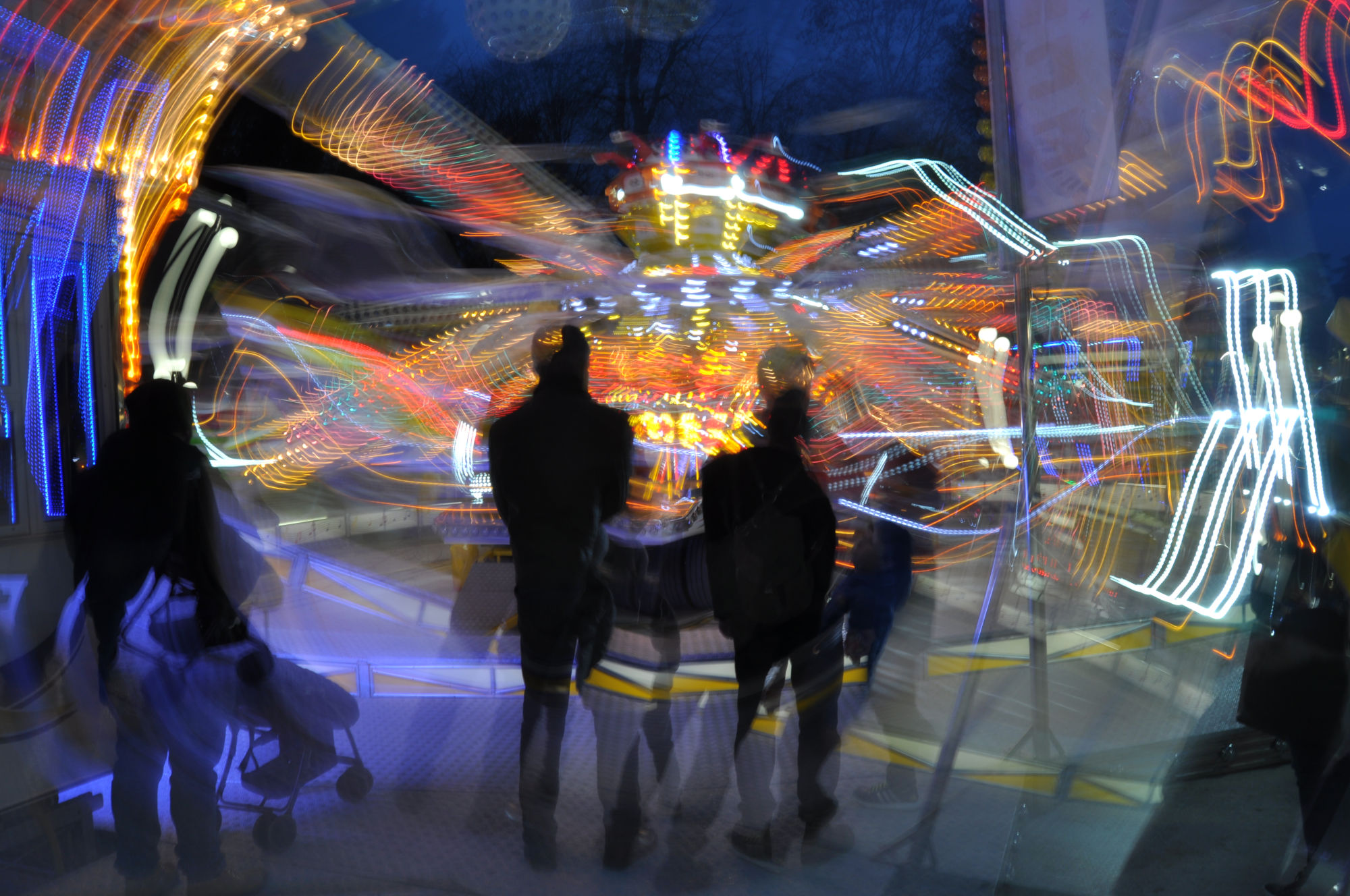
The three types of intentional camera movement
The rules of intentional camera movement help photographer to prefigure in his mind all the movements of the camera that will take place during the shot in order to leave the minimum discretion to chance, even if foreseen.
At the base of ICM there is always a long exposure time, but it is the correct combination between the type of movement and the type of subject that is decisive for a good result. The choice of the type of movement is in fact conditioned by the subject and vice versa, that is to say for each type of movement there are ideal subjects.
Creative intentional camera movement
When a photo made with ICM is able to convey emotions to the observer, then we are in the presence of a creative production.
The technical planning is necessary to obtain creative ICM photos, but it is not sufficient to give them artistic value; you also need the imagination and intuition of the photographer.
It is the intensity of personal interpretation that gives meaning to the motion of a gesture or highlights a subject within an entire frame.
So with the intentional camera movement you enter the world of art.
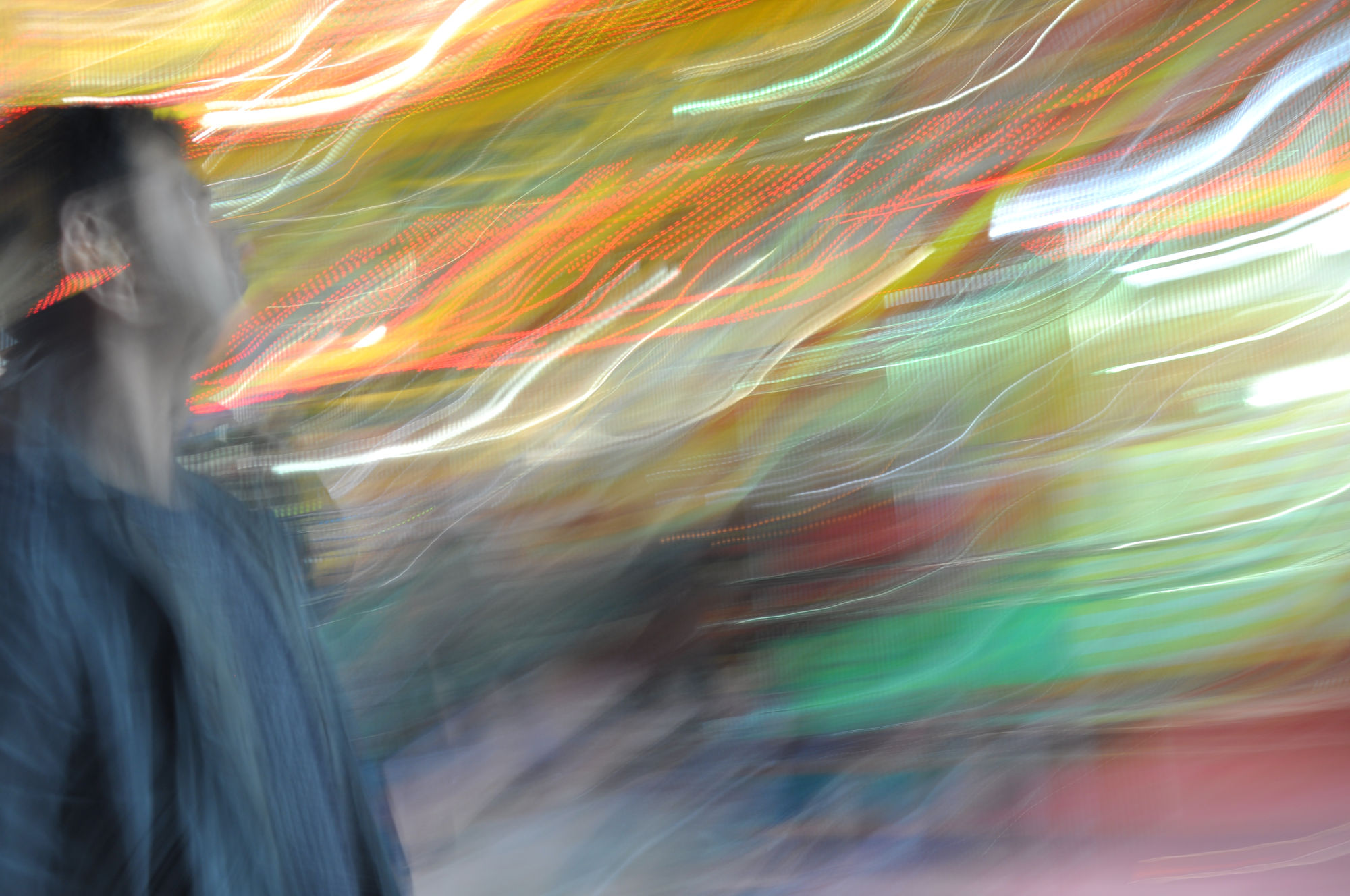
Photography and graphic art
Some photographers use digital pictorial technologies of post-production on the ICM photos, thus encroaching on graphic art.
The true intentional camera movement photos, however, do not need post-production work because they are already creative in themselves.
All the photos on this page were taken between 1969 and 2021. Each of them was produced with the intentional camera movement technique, performed without filters, with a single click of the shutter and without any manipulation of post-production.
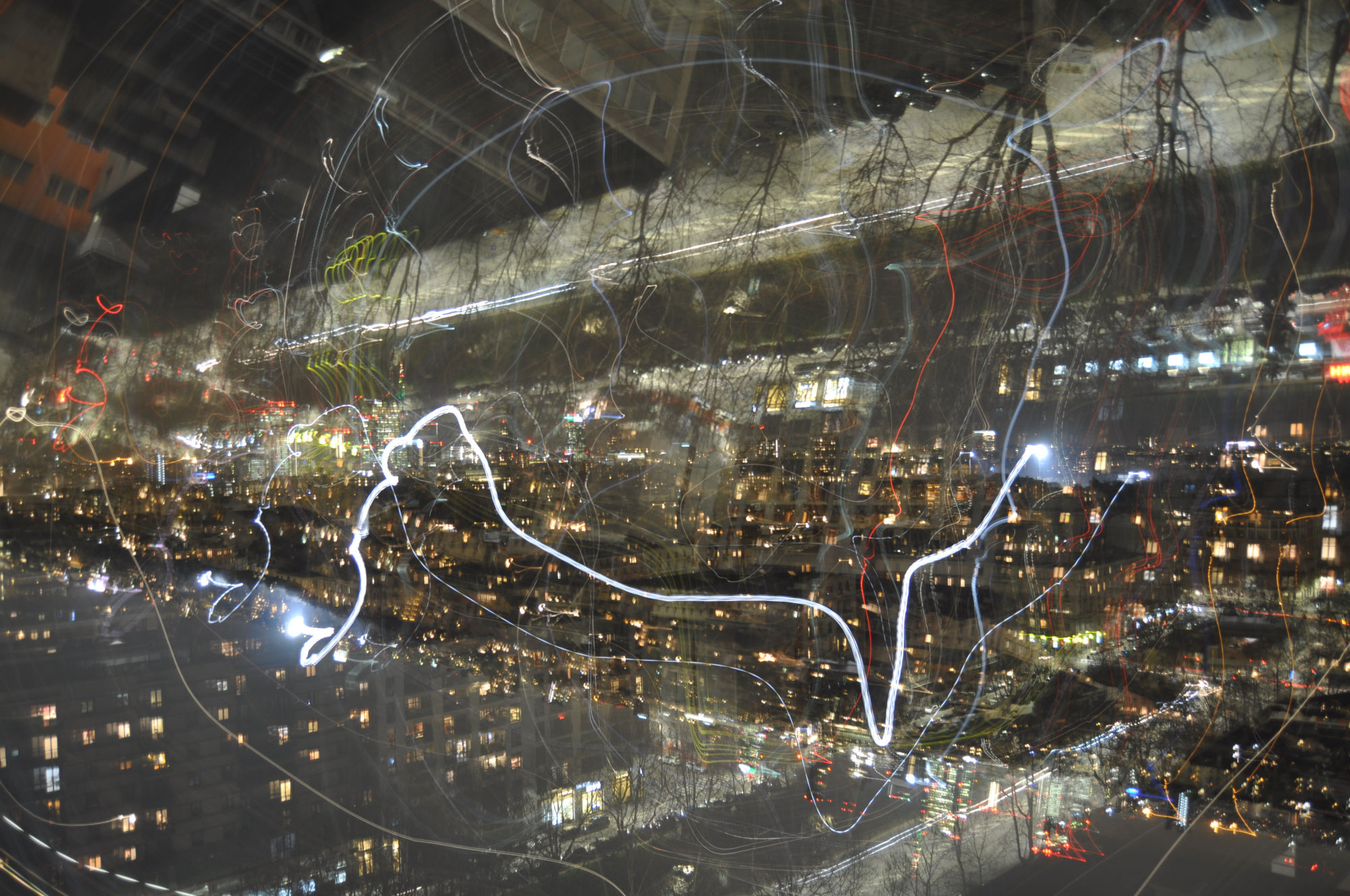
Comment
Vero stupore. Mi avvicino per la prima volta questa branchia dell’arte figurativa e lo stupore è tanto.
Pensavo che una foto “mossa”, ne ho scattate tante in gioventù, avesse una accezione negativa, fosse “sbagliata” ora grazie a questo sito chiaro e ben fatto e alle descrizioni dettagliate che aiutano a capire al neofita che approccia quest’arte sono in grado di apprezzare a pieno il significato delle opere. Davvero una bella sorpresa!



